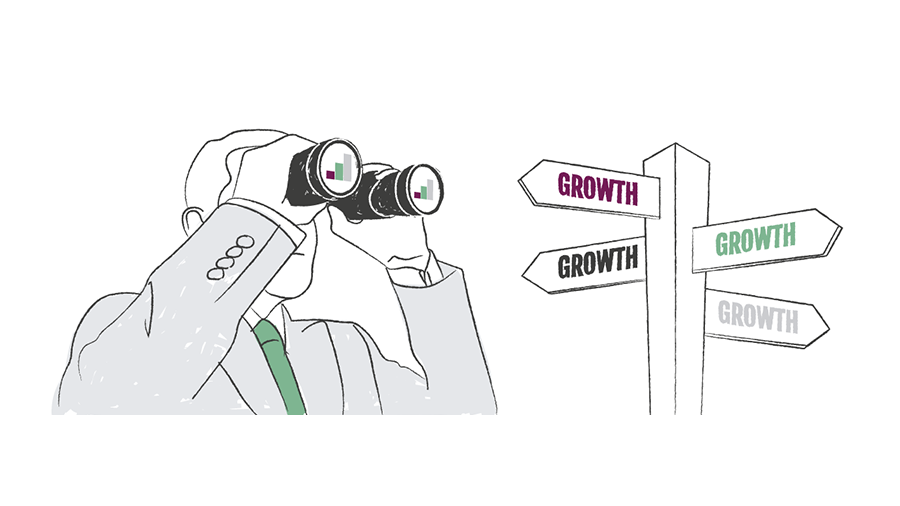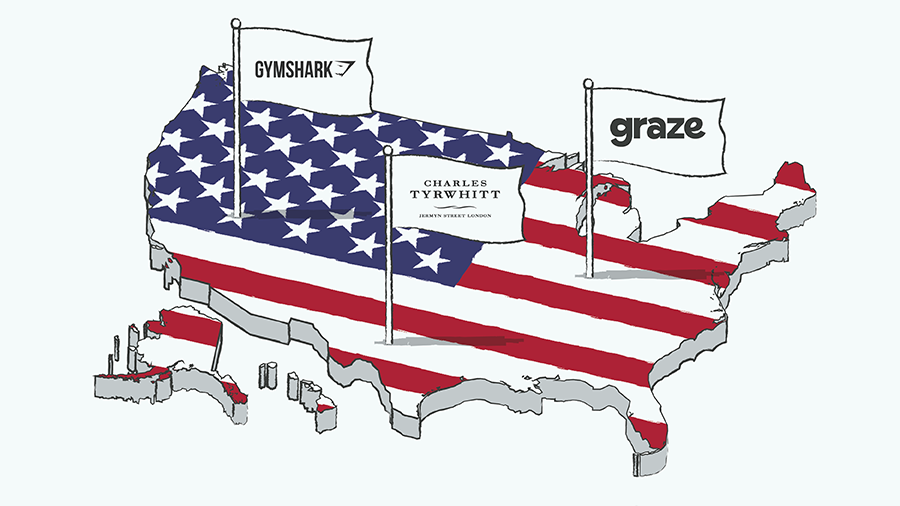Nothing quite beats the feeling of looking at your budgets and forecasts as the year goes on, and seeing meaningful growth. All those meetings, all that time spent agonising over the strategy, all those business development calls seem validated in the cold reality of the numbers: your plans are working, your collective efforts are paying off.

Yet nothing lasts forever in business. What worked before is unlikely to keep working as markets evolve and competitors adapt; growth creates the opportunity for further growth, but it doesn’t guarantee it. If you want to keep growing – particularly if you’re well-established in a mature market – you’re going to need to find new opportunities.
There are all sorts of places you could go to find those opportunities. It could just be a question of expanding your product line, targeting more diverse needs among your existing customer base and deepening your relationship with them. Think travel firms starting to offer off-the-beaten-track adventure holidays or premium tours, Apple offering iPhones of every conceivable size in a new model every year, or retailers like Hobbycraft creating a thriving community around their products.
It could be finding adjacent markets to expand into, whether that’s vertically (auto manufacturers providing car finance), horizontally (beauty companies selling moisturiser as well as shampoo and lipstick), or geographically (when you see a Next or M&S in Hong Kong or Tokyo).
It could even be good old-fashioned diversification, entering entirely new and unrelated markets to protect your core business from things like seasonality and volatile commodity prices (rare these days, but you can still see it in the likes of conglomerate ABF, which owns Primark, British Sugar and Ovaltine, among others).
A strategic narrowing of options
All these options can make finding new growth opportunities sound easy, but it rarely is. For a start, you need good ideas, where the calculus of upside, downside and probability of success adds up to indicate a good return on investment. That may sound obvious, but I’m sure we can all think of businesses that have thrown a lot of good money after either wacky or uninspired ideas that they must have thought were much stronger than they were.
Even if you do have good ideas for growth, that’s not enough; not least because your long-term survival, competitive position and profitability are unlikely to be secured by making a few successful short-term plays into new markets or product lines, which will only kick the problem of where to grow down the road, rather than solve it. Eventually – maybe next time – you won’t get so lucky.
The most successful businesses don’t just expand in any and every direction where they can generate a return, they grow strategically. They understand where they can win and, crucially, where they can’t win.
Strategic growth means focusing on a limited but coherent set of opportunities that play to your organisational capabilities relative to your competitors, and that reflect a deep understanding of your customers. And then it means being ruthless in diverting funds and executive attention away from opportunities that don’t fit those criteria.
Greggs provides an interesting case study here. The iconic sandwich, pasty and sausage roll shop started out as an on-site bakery chain, but by the early 2010s it was struggling to compete against the supermarkets in fresh baked goods.
Incoming CEO Roger Whiteside saw the opportunity to grow in the burgeoning food-on-the-go market, and realised that this meant pivoting away from bakery. The results were seven straight years of growth in revenues and profits, interrupted only temporarily by the pandemic.
Later, the firm’s understanding of its customers led to the famous vegan steak bake, an initially counter-instinctive product launch that furthered Greggs’ brand as a purveyor of food that is not only good value but also surprisingly high quality and innovative, and that crucially went down a treat among Greggs’ customers, whose evolving tastes Whiteside et al understood all too well.
Having spotted that the broader trends towards veganism and healthier eating applied to its customer base as well as the Prêt crowd, Greggs could have started selling £15 tofu and quinoa Buddha bowls and raw juices, it could have launched a whole new vegan store concept, but it didn’t.
It took a disciplined, measured, strategic decision that was consistent with its brand, its customers and its core strengths – there’s much to learn there.
Converting strategic ideas into real growth
Having the clarity and self-awareness to understand your capabilities and your position in the market is the key filter for growth ideas, ensuring that whichever stars you find to replace today’s cash cows, they contribute to your firm’s long-term future.
But that’s only half the battle. In the next part of this series, we will explore the role that your business structure can play in allowing – or preventing – you from exploiting those opportunities.
















